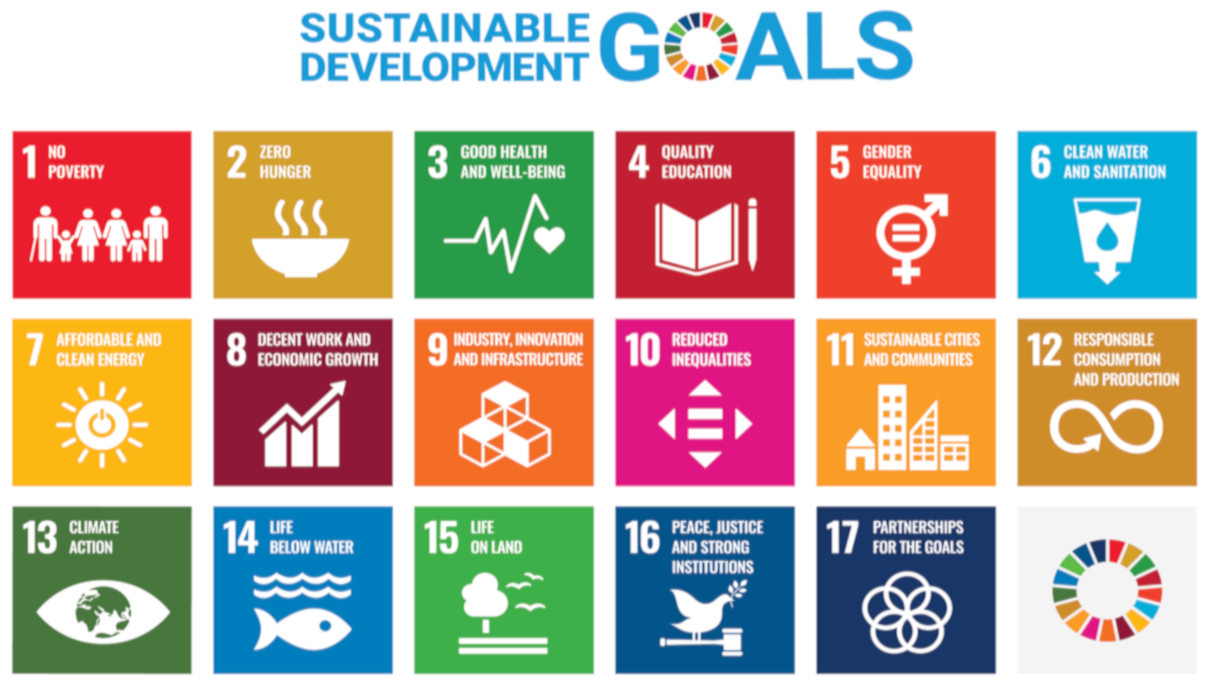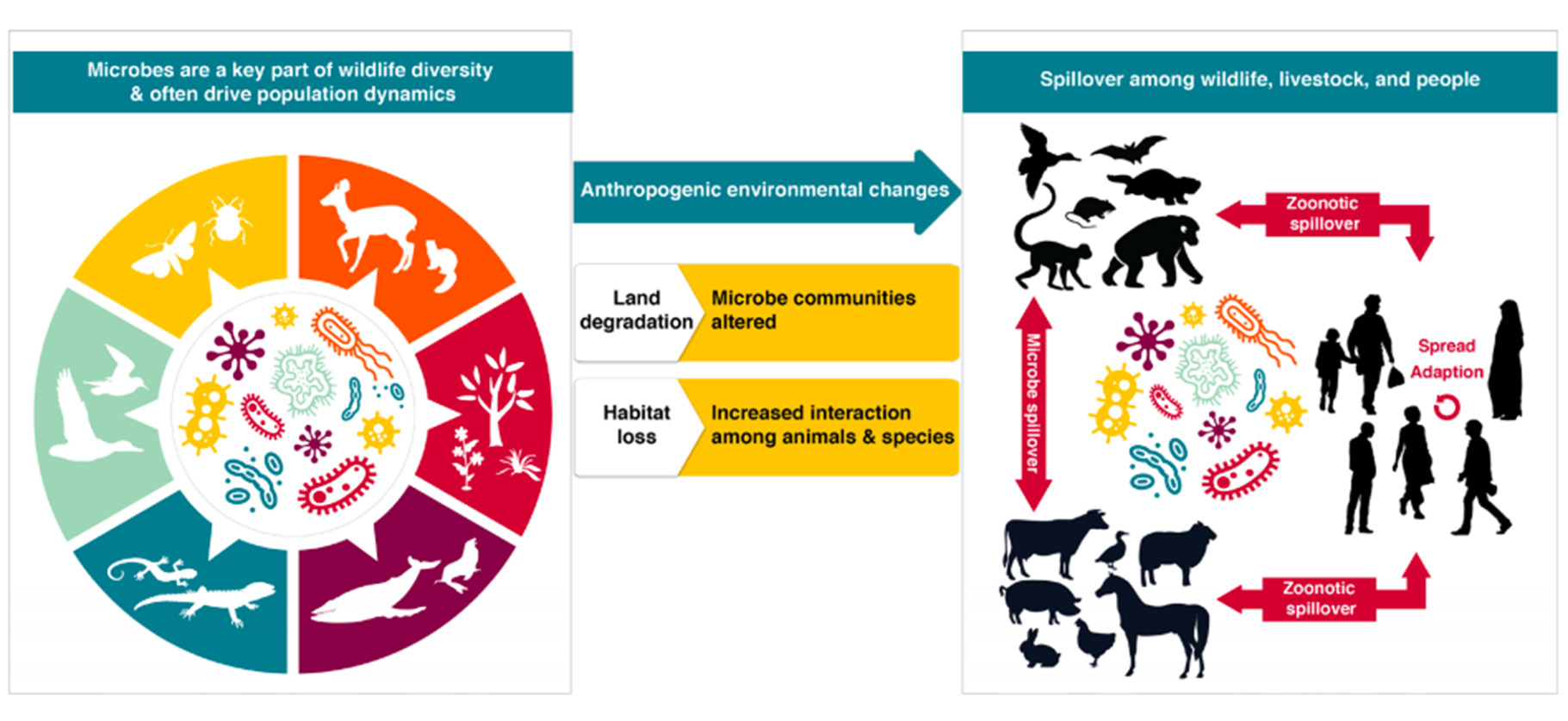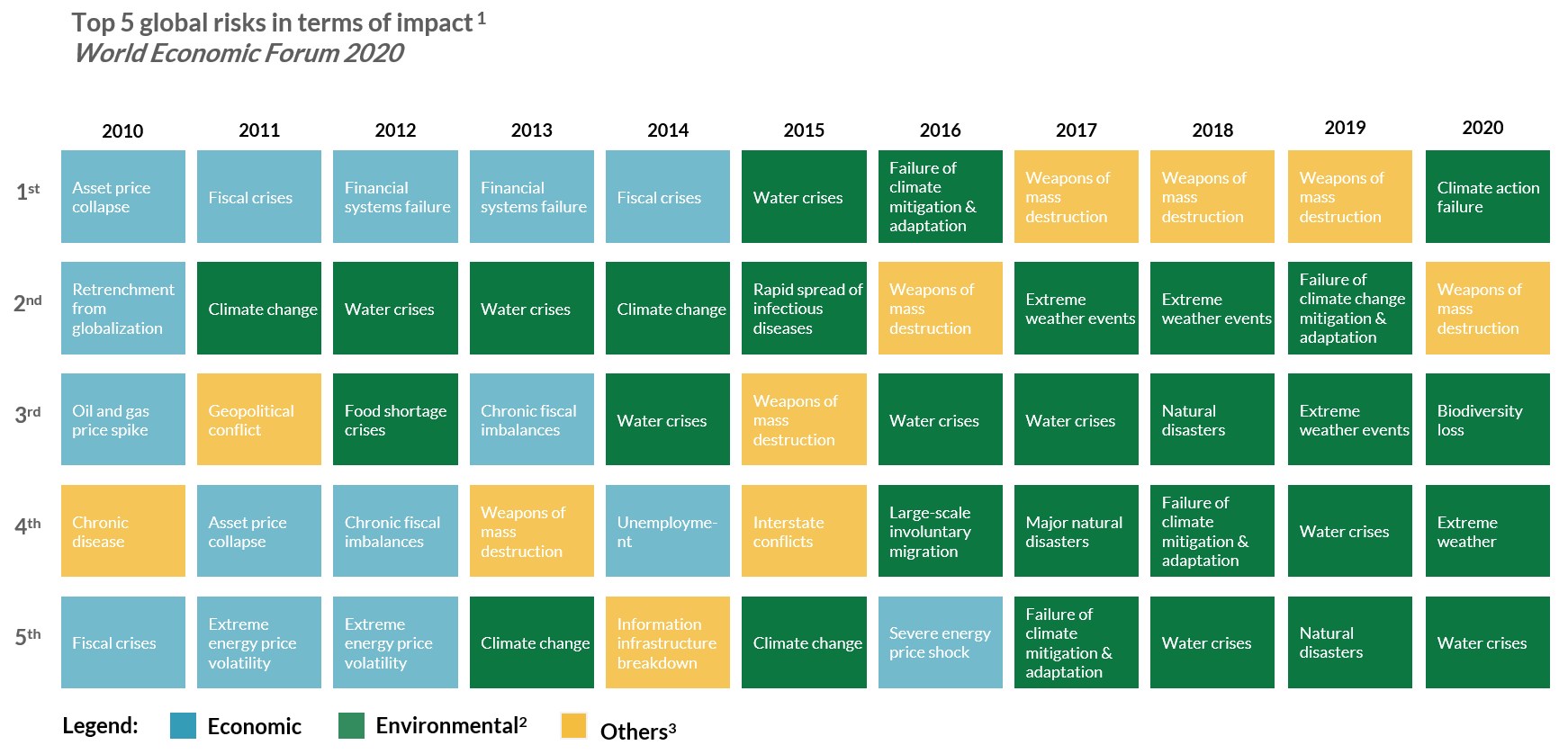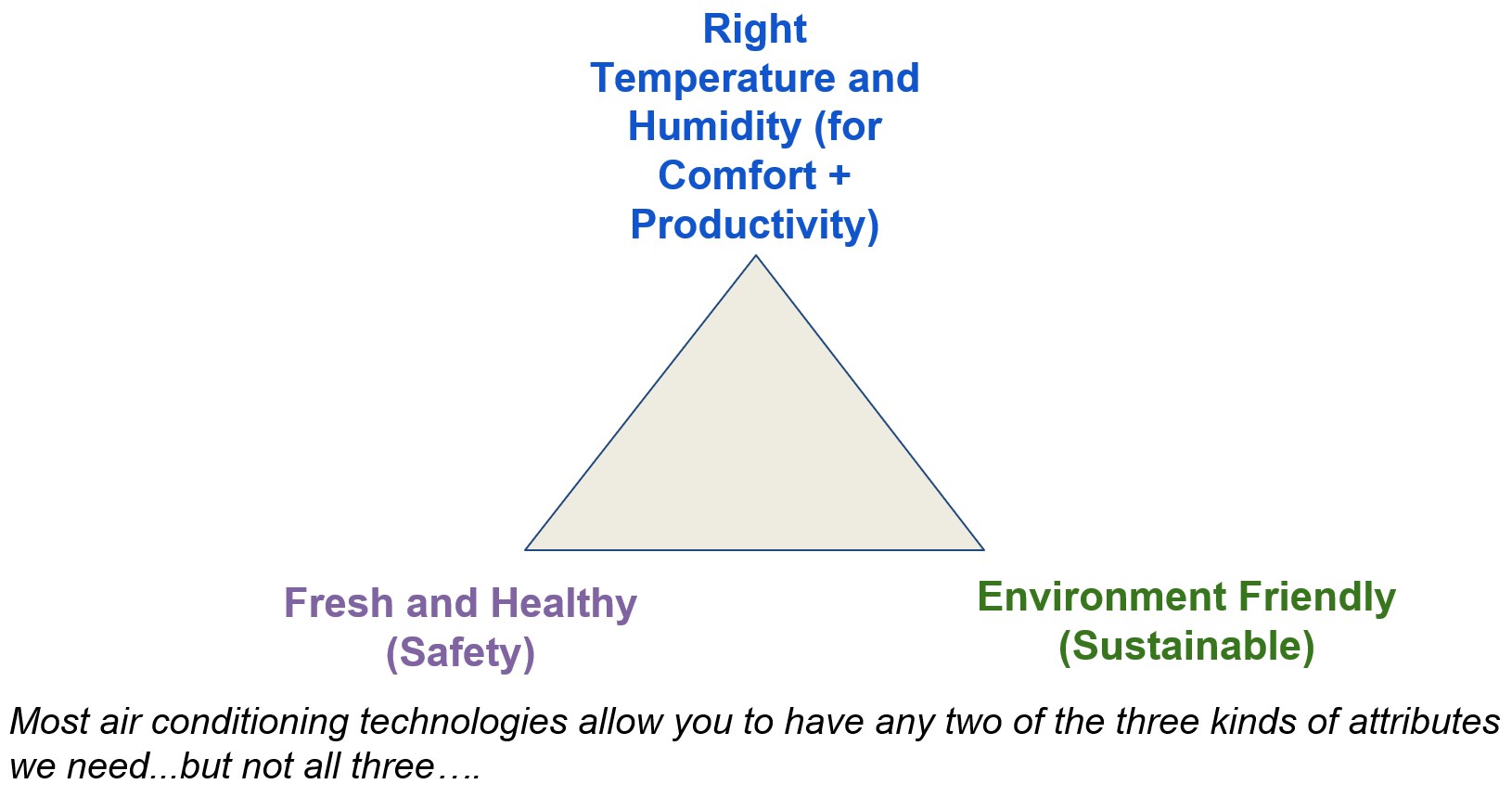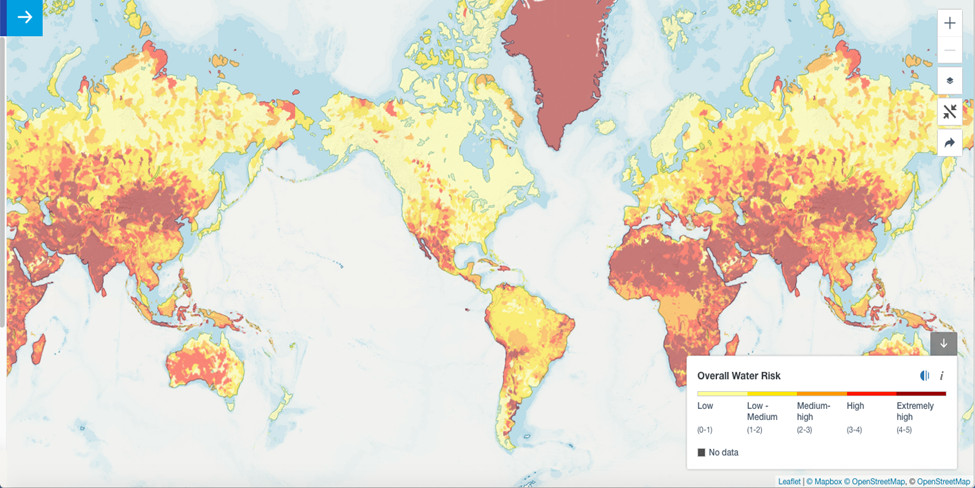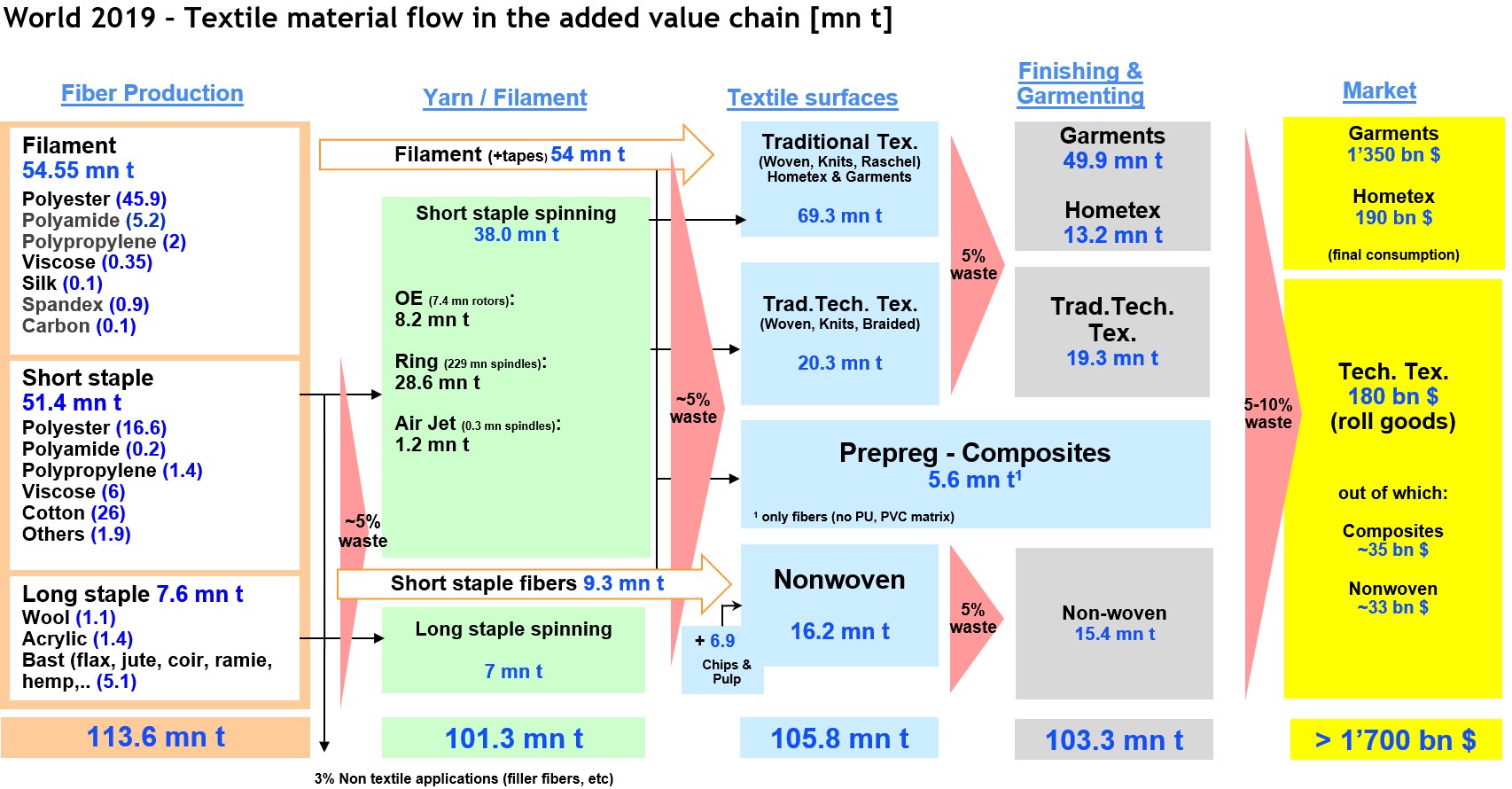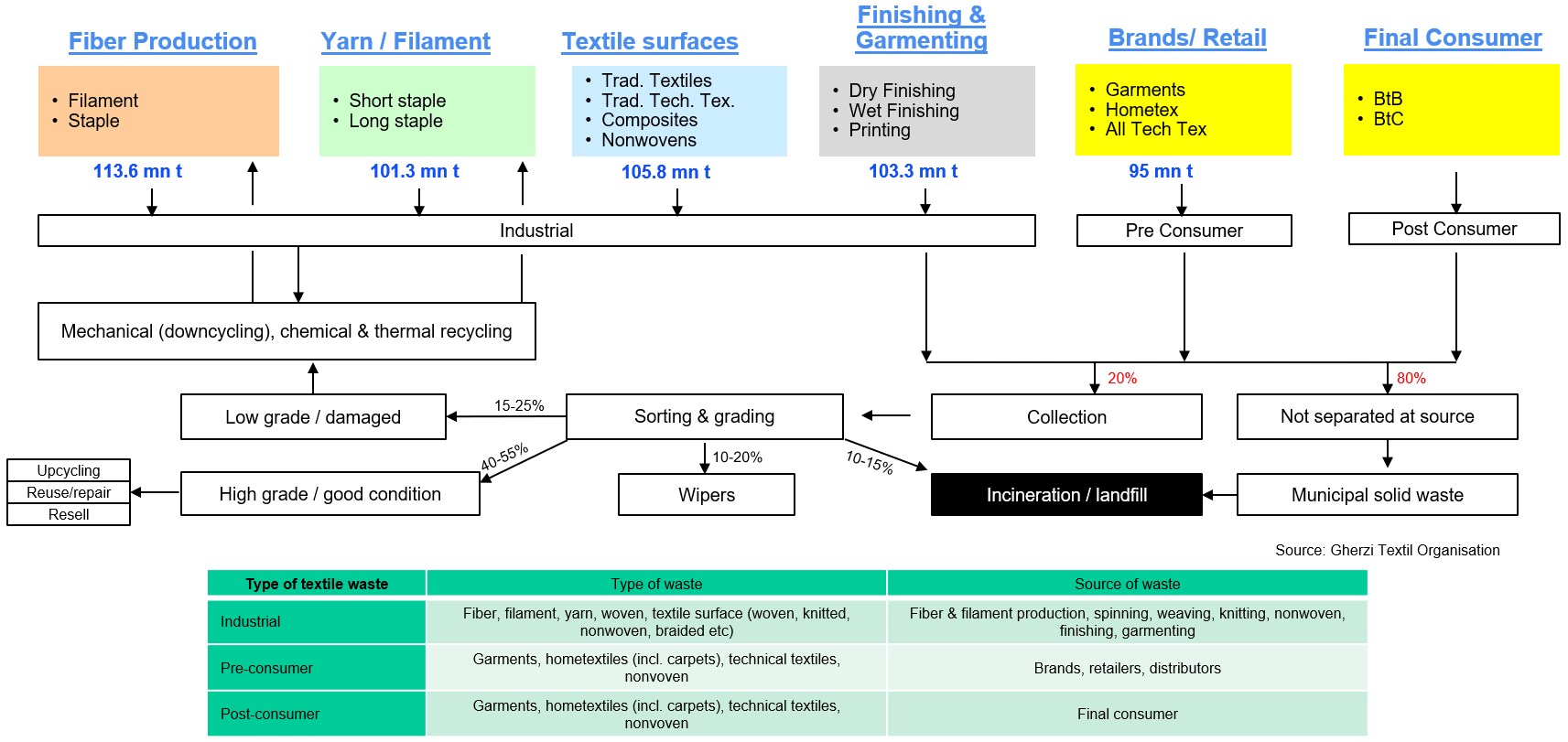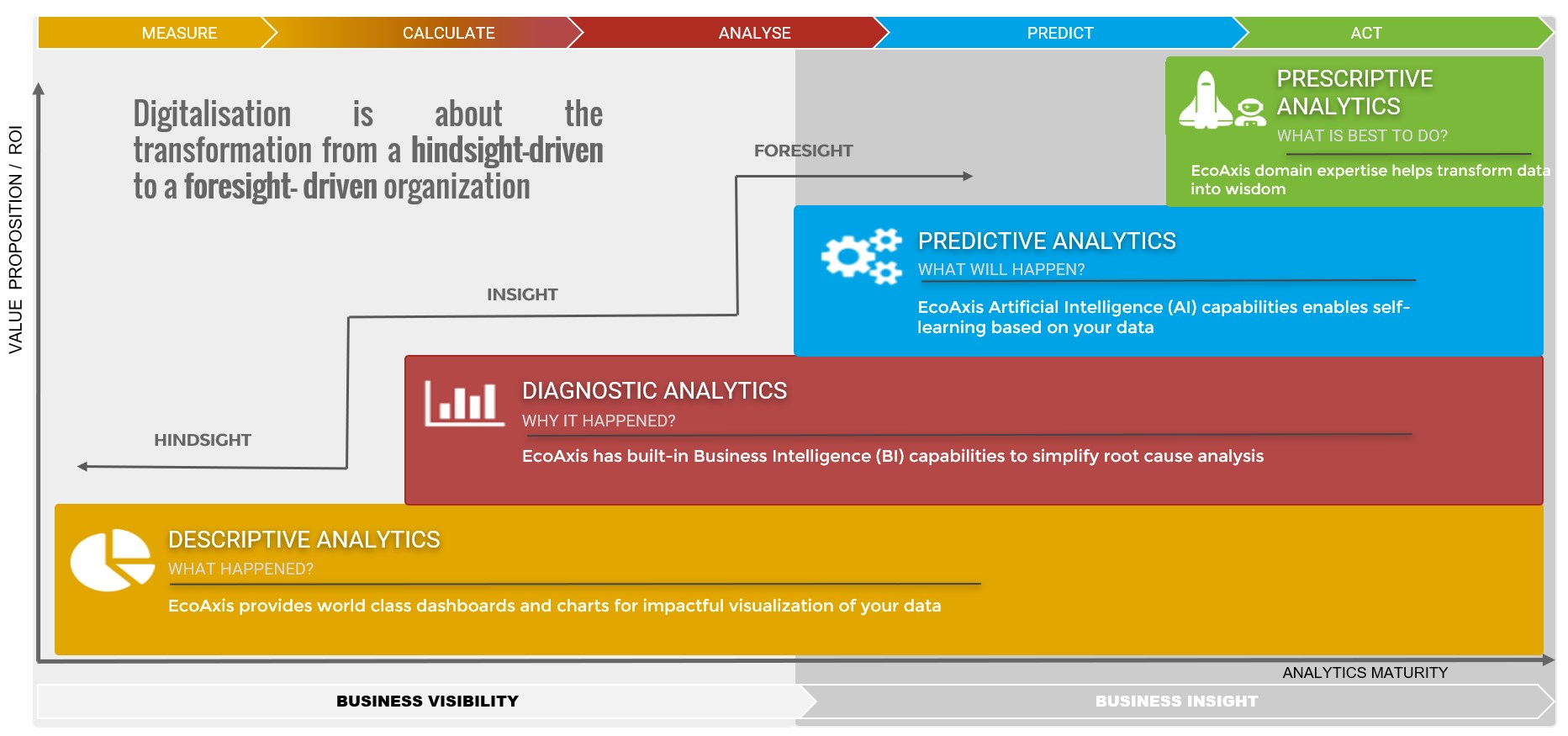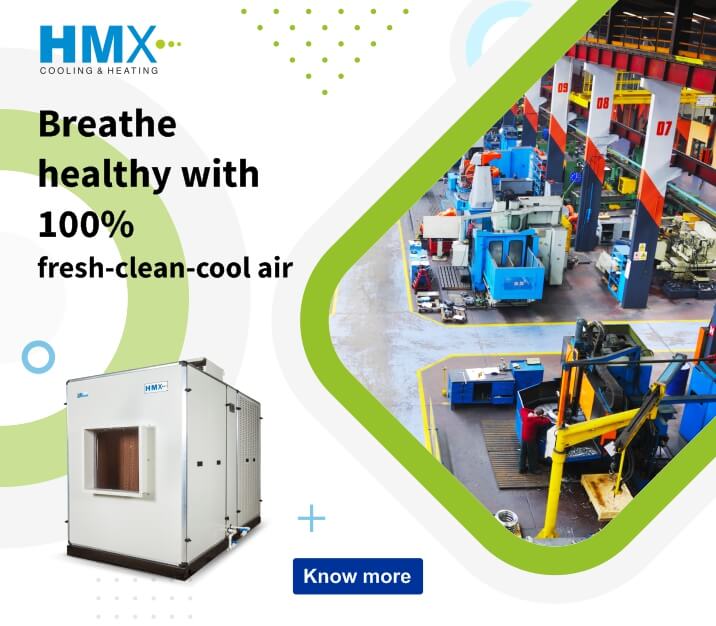Safety and Sustainability in the Textile Industry
(This article is a slightly edited version of the comments made by Anuj Bhagwati, Head A.T.E. Group, in the course of a panel discussion organised by the India ITME Society on Dec. 3, 2020 entitled ‘Safety and Sustainability in the Textile Industry’.)
Safety and sustainability have been important subjects for many years, but post COVID-19 their centrality has been much more recognised. We must continue to concentrate on these key issues even after the pandemic dies down - these issues matter regardless of COVID.
A Wikipedia entry defines safety as “the condition of being protected from harm or other non-desirable outcomes” and adds further as “the control of recognized hazards in order to achieve an acceptable level of risk”.
Most times in the years before 2020 when we thought about safety we would think of the kinds of things that could be called either careful behavior or accident prevention - don't go rock climbing, or motorcycle or car racing; wear safety glasses, shoes, gloves, helmets, …we would think of interlocks on machines, our attitude, and take action in case of incidents. In 2020 though, safety most often refers to COVID-19. We’re thinking more about air.
Sustainable development can be defined as development that meets the needs of the present without compromising the ability of future generations to meet their own needs. The UN’s Brundtland commission in 1987 identified three pillars of sustainable development as economic growth, environmental protection, and social equality.
This is widely recognised as the correct approach today - and that is why the United Nations and most of the countries have adopted sustainable development goals that include indicators that relate to people, planet, and economic growth.
These aspects, i.e., people, planet, and economic growth, are intimately connected: it is from the environment we get the raw materials that allow us to build our economy - at the end, everything that is physical comes from the environment. When we produce goods we have to be careful that we do not harm the environment through pollution because this will reduce the ability of the environment to regenerate and to provide for us in the future.
But there are more aspects to our environmental responsibilities beyond not polluting - these responsibilities must also include protecting natural habitats and biodiversity. Otherwise, there are many unintended negative consequences. Here are some pictures from a recent report released by the IPBES (the Intergovernmental Science Policy Platform on Biodiversity and Ecosystem Services) that explain to us why if you have land degradation and habitat loss we run the significant risk of pandemics.
It also explains how human health, animal health, and the environment are intertwined - and how biodiversity is very important. When we push animals into smaller and smaller areas, we have an increased chance of human-animal conflict and this can lead to more pandemics.
The IPBES report also shows that there are 631,000- 827,000 unknown viruses in nature that could still infect people and create more frequent pandemics unless we address the risk drivers which include deforestation and wildlife trade. Economic impacts are considered to be hundred times the estimated cost of prevention, so there is a strong argument for us to act on all these environmental issues.
That is why we can say that environmental risk is human risk is business risk. A study by the World Economic Forum earlier in 2020, even before we understood the pandemic’s proportions, showed that four out of the top five risks to business are actually related to the environment!
Environmental sustainability involves many factors. Of prime importance is carbon dioxide and climate change. There are other factors as well - air quality, water, and land. Let’s see how these are also related to carbon emissions.
Though many of us often experience the problems of air quality, we often think of this as a nuisance and nothing more. Unfortunately, research shows that air pollution is contributing to millions of deaths each year. It's a bigger factor than many many diseases that we tend to take more seriously. It is estimated to account for 1 in 9 deaths globally and is the fourth leading risk factor for death on the planet.
Indoors, good, fresh air is essential for health and productivity - it makes you more energetic, improves your concentration, reinforces your immune system, helps you work better. Health and productivity are factors that translate directly into economic terms. Good air for people is a great investment!
Fresh air is actually the first line of defense against airborne diseases like colds, flu, COVID and other infections. You can see the recommendations from the leading air quality standards bodies in the world.
But here we run into a safety-sustainability paradox that we need to resolve. 3 aspects of air are important -
- the right temperature and humidity for comfort and productivity
- fresh and healthy i.e., high fresh air
- environment-friendly or sustainable with low energy consumption
With conventional air conditioning systems you find that you can have any 2 of these 3 options, but not all 3 at the same time.
So, safety and sustainability seem to be at loggerheads. Fortunately, there is a way out of this paradox: the answer we believe is indirect evaporative cooling which allows us to have a high degree of fresh air, comfortable conditions, and also low energy use. So, a safe, healthy, and sustainable solution is indeed possible.
If we come to the issue of water - the water stress map below shows the kind of trouble many parts of the world are in when it comes to water - the darker the red the greater the problem.
Large parts of Africa, Asia, and South America have massive water stress. India is home to 18% of the world's population but only has 4% of the world's water.
In this situation, how do we get water for our industry? And face the twin challenges of making freshwater available every day for production needs, but also ensuring zero pollution? The answer is to change our mindset and own the idea that the most secure source of water is actually wastewater. If we can do this, we solve both challenges in one go: convert waste to value by recycling precious clean water from wastewater; generate biogas from wastewater and also recover energy and nutrient potential from biosludge. Less cost of water transport means further reduced carbon emissions.
There are business gains because of this as well: regulatory compliance; sustainable growth; enhanced brand image and improved product acceptability in the market; and better price realization. You also have the satisfaction that you are doing the right thing and that your business will be able to continue in the future because you are not depleting valuable water resources.
What about converting textile waste to wealth? A wonderful flow chart from the leading consultants, Gherzi, shows the flow of hundreds of millions of tons of textile material in the added value chain and of the textile waste chain.
With such a high volume of textile material made every year, you can imagine that all this material at the end of its life takes up a lot of space, taking away land that could be used by Nature. This is the kind of waste that needs to be recycled to free up land on the one hand and if you're smart about doing it then we can also save a lot of energy and water.
As Gherzi has pointed out, this idea needs to be taken to its logical conclusion and we need to work very hard on recycling much more. This chart from Gherzi shows some of the potential in percentages. It’s a huge potential business opportunity.
There are also some European regulations which mandate that producers take responsibility once again, at the end of the consumer life, of the products they’ve produced. Perhaps we need a mindset shift to view our most secure source of our textile material as waste textile material. I think that the base technologies are there - though there is a question of getting some intermediate pieces of technology, and driving these to scale.
Another important step that we can take to manage sustainably is that of digitalization. The vision is that you can get wisdom from data - and transform from a hindsight driven, to a foresight driven organization in the process.
The new technologies of the internet of things (IoT) and the speed with which these can manage and process data allow us to move first from descriptive analytics - a description of what happened; to diagnostic analysis - and answer the question of why it happened; then you can move to predictive analytics and think of what will happen; and finally, to prescriptive analytics and answer the question of what is the best thing to do.
With IoT there are many advantages for sustainability. For example, we can decrease the specific energy and water consumption; reduce carbon emissions; enhance indoor air quality’ and actually build sustainable savings. In some of the projects that we've done, we've seen savings of 1-5% on overall cost, savings of water and energy of around 15% and so 15% of carbon emissions as well. The payback on such investments is just a few months.
There are problems though with the widespread adoption the Internet of Things in the textile industry where we find that the heterogeneity of deployment - the lack of a digital interface in older machines, as well as many different interface standards and protocols, proprietary protocols, etc., create a real problem that leads to a high cost of digital enablement. It is important for the textile industry, textile machinery manufacturers, and global bodies like the ITMF to collaborate to formulate best practices and standards to help digital adoption in the textile industry worldwide.
To summarise, safety and sustainability are terribly important subjects and that they are deeply interconnected. I have also shared some ideas for what we can do to solve the problems of air, water, waste and climate change, how there’s a business opportunity therein; and finally how digitalization can be a very important platform to put all of these ideas together.

